GPCR/G protein

All GPCRs share a common seven trans-membrane structure. GPCRs are associated with heterotrimeric G-proteins which are GTP-binding proteins made of alpha, beta, and gamma subunits. When a ligand binds to GPCR, it activates the attached G-protein, the GDP is replaced with GTP. The activated G-protein then dissociates into an alpha and a beta-gamma complex which activates downstream signaling pathways. These intracellular signaling pathways include cAMP/PKA, calcium/NFAT, phospholipase C, protein tyrosine kinases, MAP kinases, PI-3-kinase, nitric oxide/cGMP, Rho, and JAK/STAT.
GPCRs are one of the most important therapeutic targets for various diseases, over 30% of all modern medicinal drugs target this family. Aberrant GPCR functions are involved in pathological conditions such as neurological, immunological and hormonal disorders. A large number of GPCRs have been identified, but whose ligands are not known, are classified as orphan receptors.
-
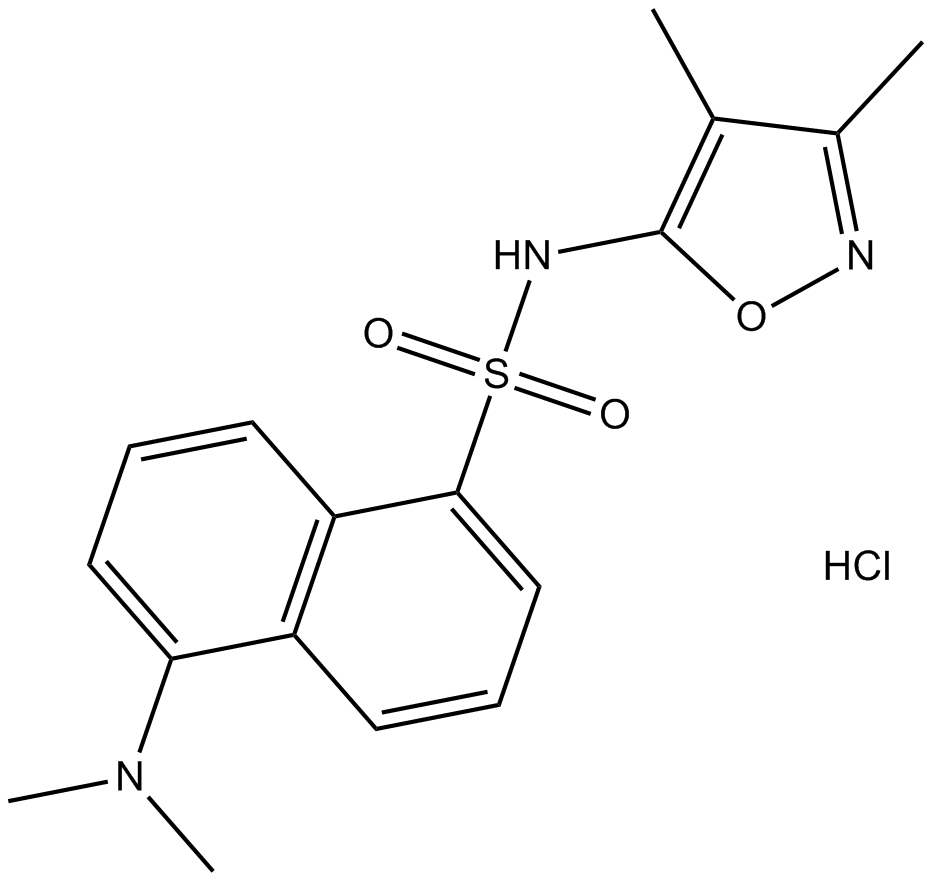 B5113 BMS 182874 hydrochlorideSummary: ETA antagonist
B5113 BMS 182874 hydrochlorideSummary: ETA antagonist -
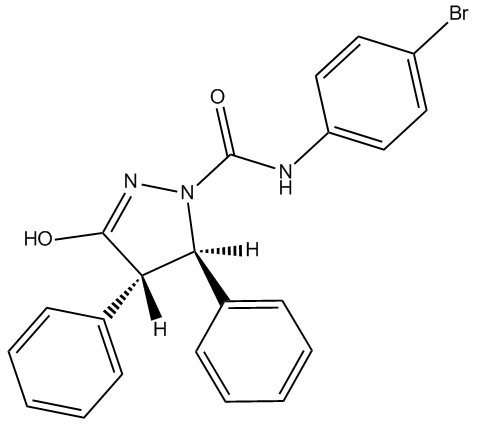 B5125 LY 288513Summary: Selective CCK2 receptor antagonist
B5125 LY 288513Summary: Selective CCK2 receptor antagonist -
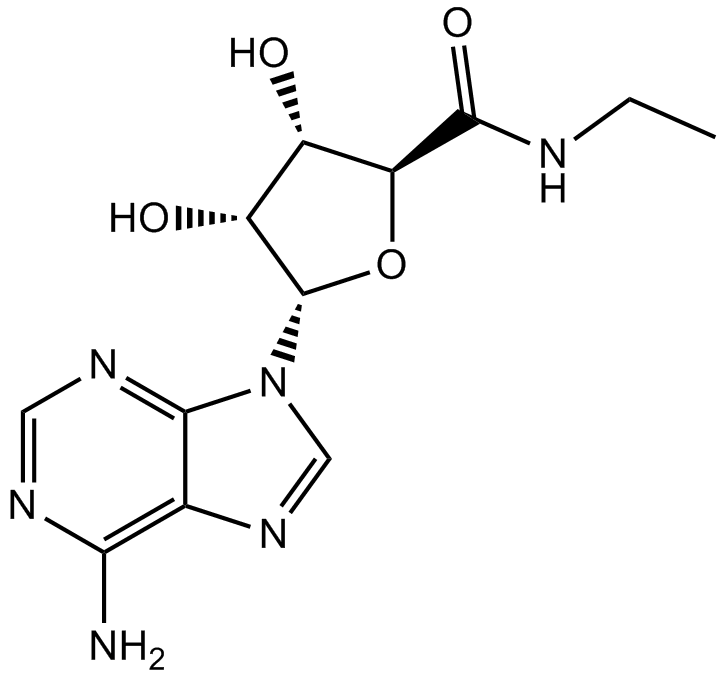 B5164 NECASummary: adenosine receptor agonist, non-selective
B5164 NECASummary: adenosine receptor agonist, non-selective -
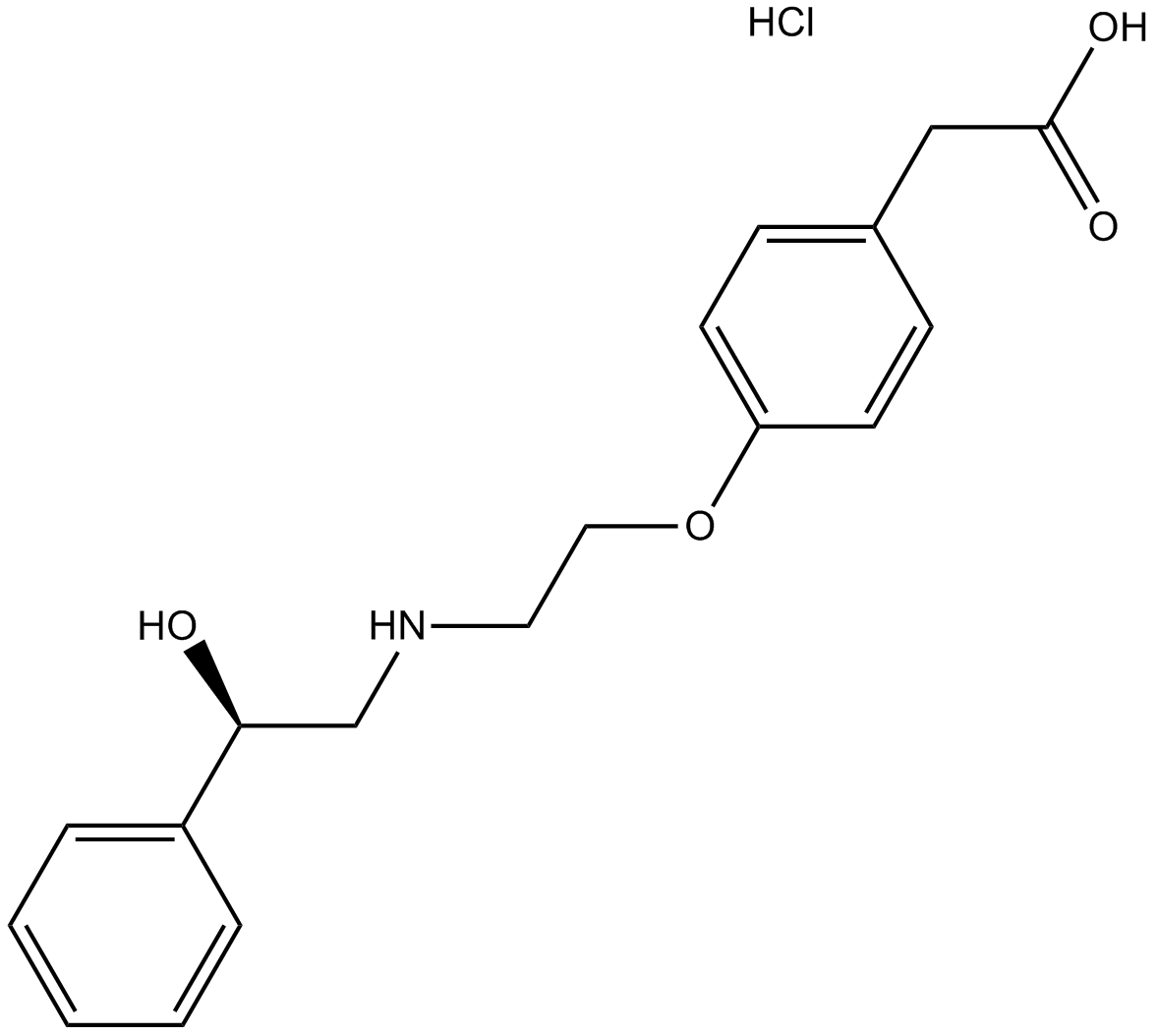 B5263 ZD 2079Summary: β3-adrenoceptor agonist
B5263 ZD 2079Summary: β3-adrenoceptor agonist -
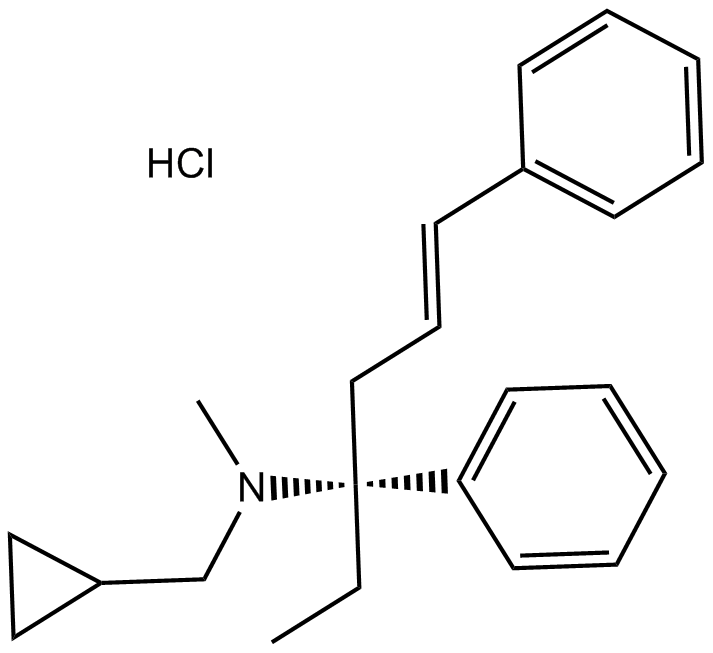 B5294 (+)-Igmesine hydrochlorideSummary: σ1 receptor ligand
B5294 (+)-Igmesine hydrochlorideSummary: σ1 receptor ligand -
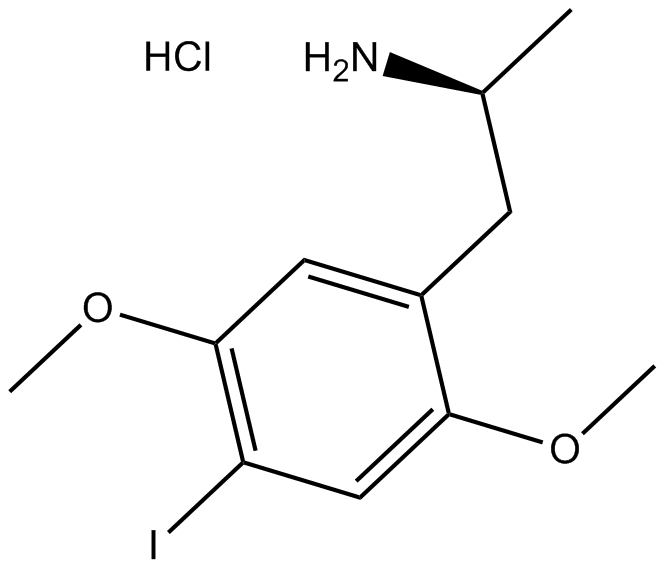 B5321 DOI hydrochlorideTarget: 5-HT2 ReceptorsSummary: A brain-permeable 5-HT2A/5-HT2C receptor agonist
B5321 DOI hydrochlorideTarget: 5-HT2 ReceptorsSummary: A brain-permeable 5-HT2A/5-HT2C receptor agonist -
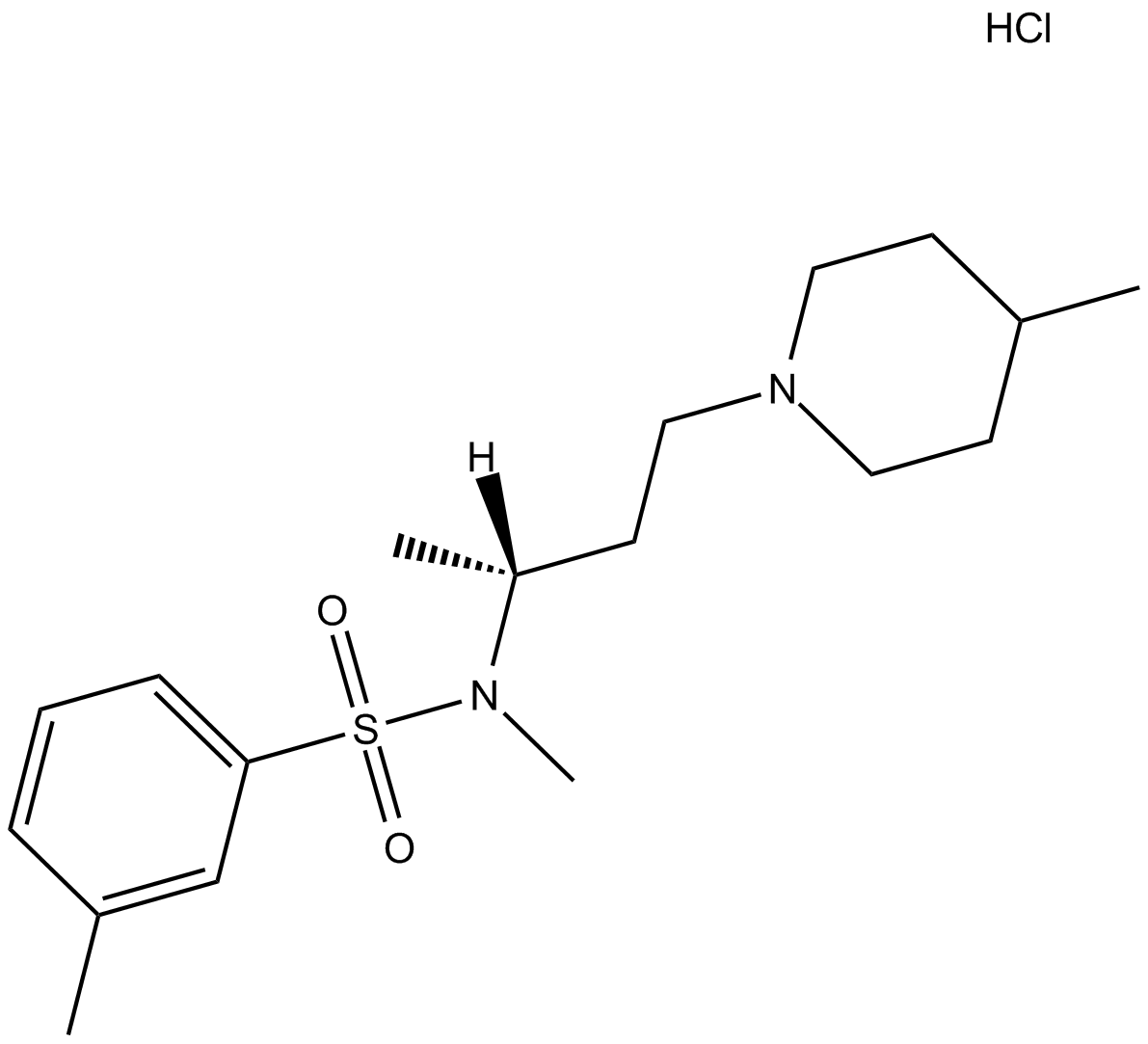 B5334 SB 258719 hydrochlorideSummary: Selective 5-HT7 receptor antagonist
B5334 SB 258719 hydrochlorideSummary: Selective 5-HT7 receptor antagonist -
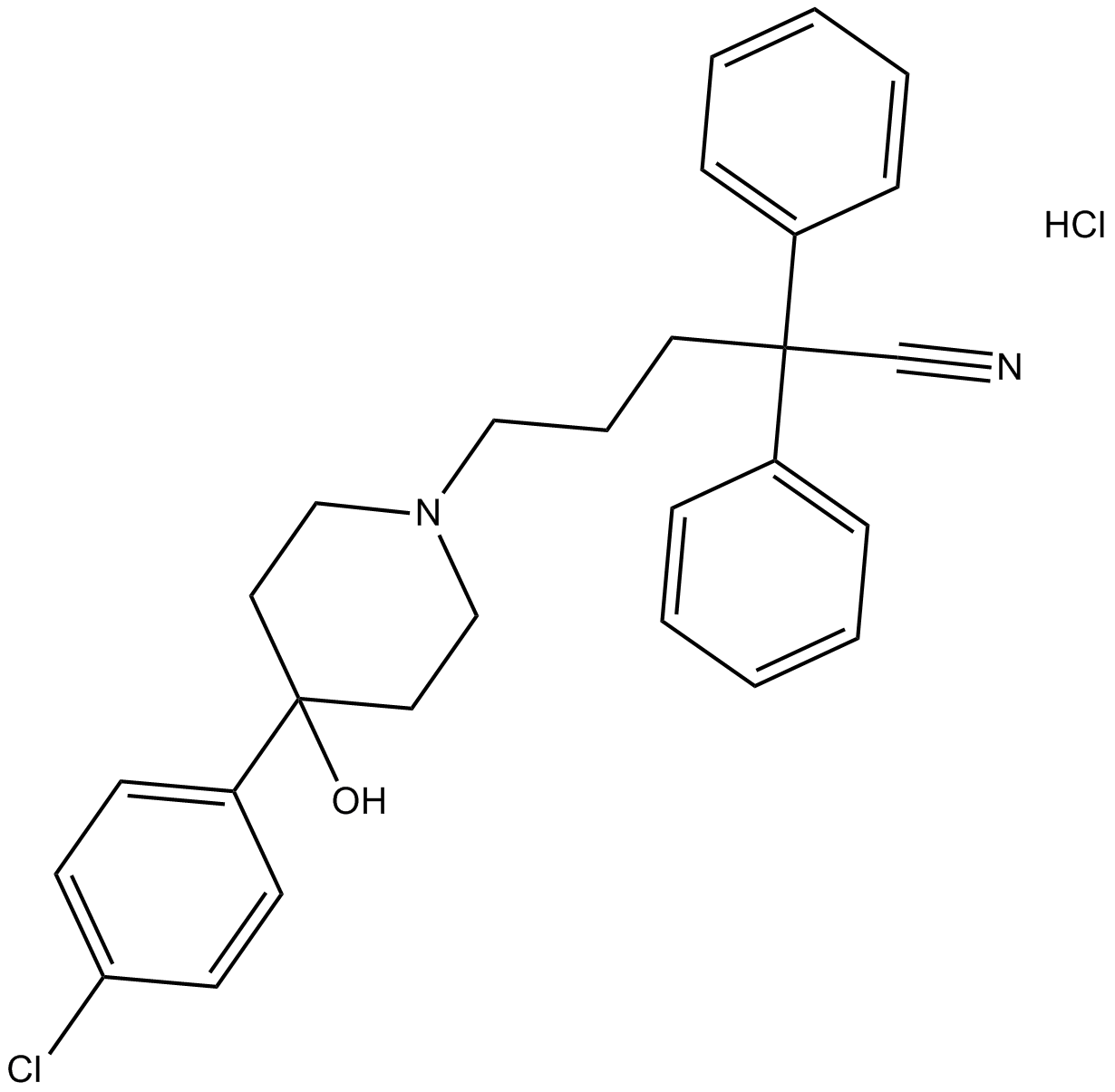 B5337 BX 513 hydrochlorideSummary: Selective CCR1 antagonist
B5337 BX 513 hydrochlorideSummary: Selective CCR1 antagonist -
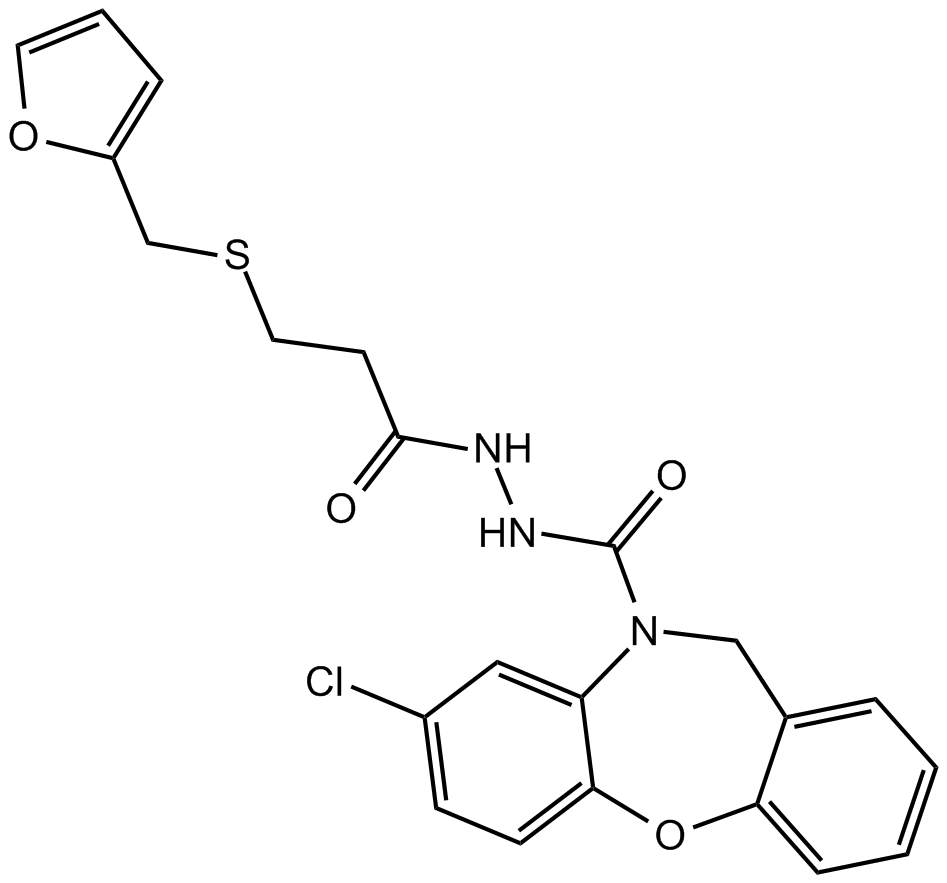 B5338 SC 51322Summary: EP1 prostanoid receptor antagonist
B5338 SC 51322Summary: EP1 prostanoid receptor antagonist -
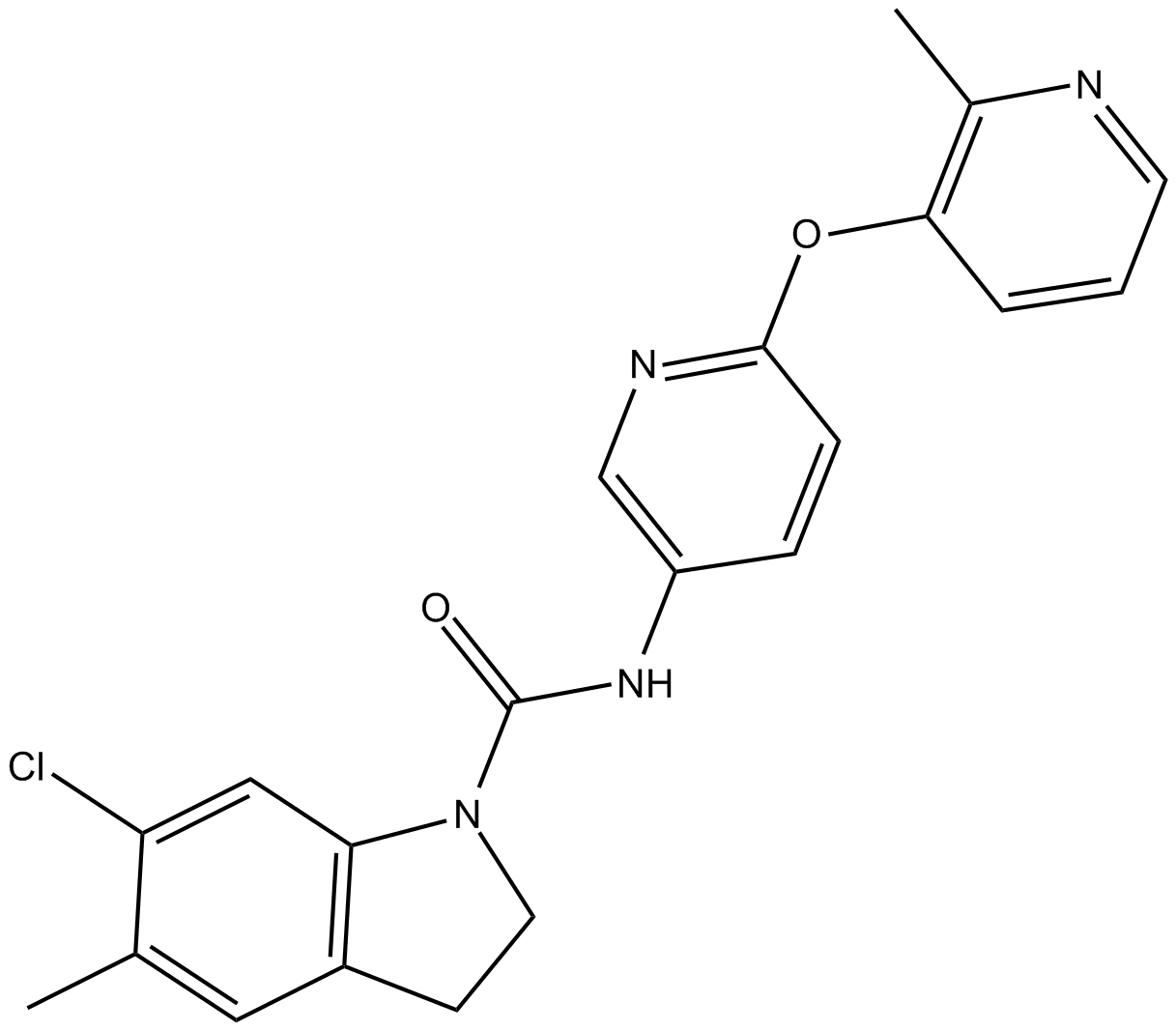 B5348 SB 242084Summary: 5-HT2C receptor antagonist
B5348 SB 242084Summary: 5-HT2C receptor antagonist

